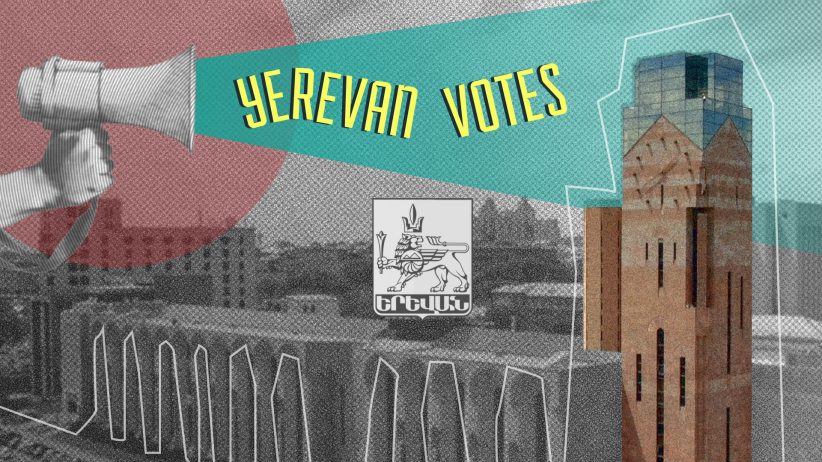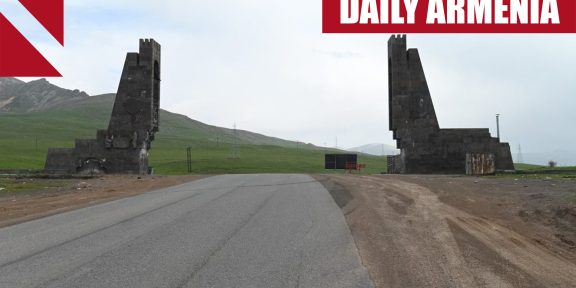By Mark Dovich
Hundreds of thousands of Yerevan residents will head to the polls Sunday for the first time in five years to elect a new mayor and city council.
Last month, CivilNet’s team visited a number of neighborhoods across Yerevan to find out what the city’s most pressing issues are. Traffic congestion, air pollution, inefficient waste management, frequent utility cuts, and the lack of green spaces were among the most frequent responses given by residents.
Also read: Meet the Candidates – Yerevan Elections
Traffic jams and dirty air
Recent years have seen a surge in car imports to Armenia, and while it is understood that many cars are now being imported just to be re-exported to Russia, a substantial number has remained in the country.
There are now more than half a million privately-registered vehicles in Yerevan alone, according to police data — and the city is simply not built to accommodate that number of cars. Architect Alexander Tamanian’s original city plans for Yerevan envisaged a population of fewer than 500,000 people. Less than a century later, the city’s population is now more than 1 million.
What’s more, poor traffic management and insufficient public transport infrastructure are only exacerbating Yerevan’s congestion problems, according to a 2020 policy paper from the American University of Armenia.
In turn, Yerevan’s perennial traffic is seen as a major cause of worsening air quality in the city. Indeed, transport emissions account for some 90% of air pollutants in Yerevan, according to an Asian Development Bank study.
Researchers say past deforestation, open waste burning at city landfills, and an ongoing construction boom are also to blame.
Subpar waste and utility services
Yerevan’s waste management system remains severely underdeveloped. A 2020 AUA study found Armenia’s waste collection and disposal services are in dire need of modernization, including extremely low levels of waste sorting and recycling. Experts say the city’s landfills are woefully mismanaged.
Case in point: In May, a fire that broke out at Yerevan’s largest landfill charred an estimated 300 cubic meters of waste and sent plumes of toxic smoke across the city. The fire was only extinguished after nearly a week, despite the public health threat. Municipal authorities have pledged to shutter the facility for years, but have failed to do so.
Likewise, Yerevan residents continue to grapple with frequent utility cuts. For instance, Armenia’s Public Services Regulatory Commission received nearly 200 complaints from Yerevan residents about water outages last month alone.
Observers say the city urgently needs to replace outdated utility systems, a process that may be complicated by the sector’s unbroken monopolies. A subsidiary of the French water services multinational Veolia controls Armenia’s water distribution network, while the Russian state-owned energy giant Gazprom operates the country’s gas pipelines.
Lack of green spaces
Yerevan has lost an eye-popping 40% of its green areas since independence from the Soviet Union, according to the non-profit Armenian Environmental Network. The three decades since have seen rampant unpermitted construction and wide-scale deforestation across the city, particularly during an energy crisis in the 1990s that forced residents to cut down trees to heat their homes.
Yerevan municipality admits the city does not meet the World Health Organization’s standard minimum recommendation of 9 square meters of green space per resident. The authorities classify roughly 30% of the city as green areas, but only about 13% of those spaces are open to the public.
















